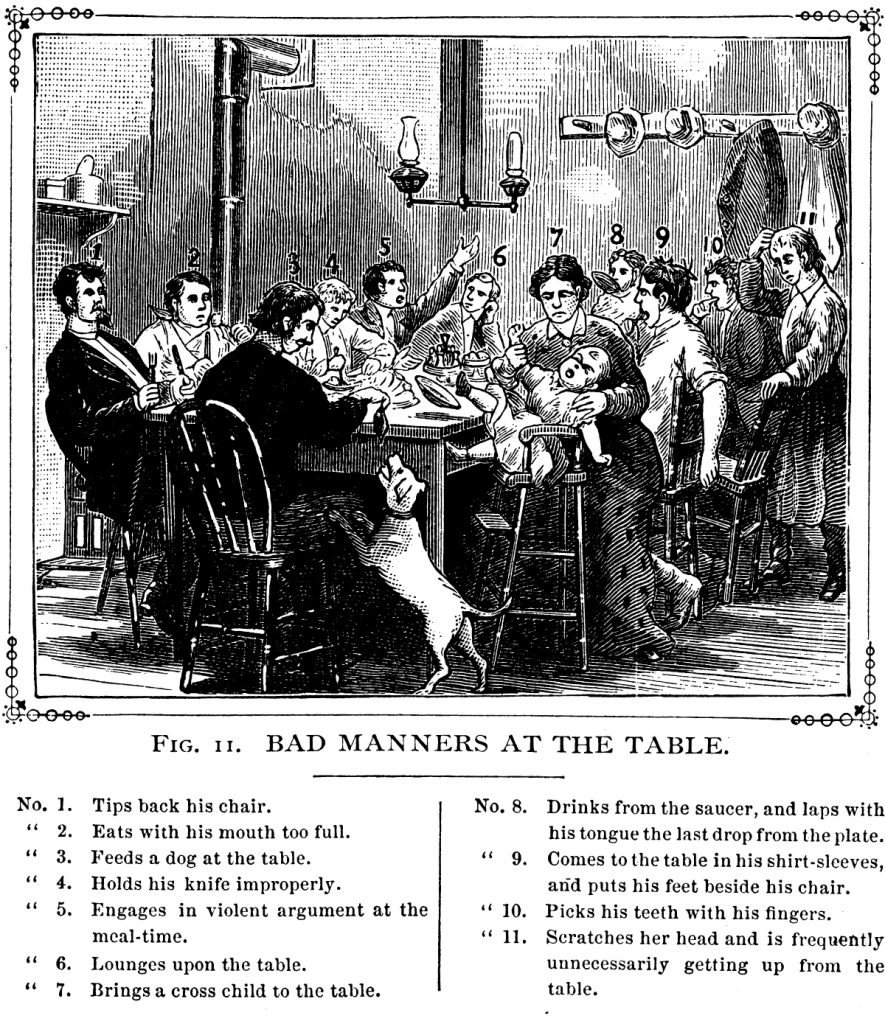As many know, the DEC was incredibly proud to launch Dialectic, the new scholarly journal for thought leadership, education and practice in visible communication design. You can purchase Dialectic online via Amazon (the publications are beautifully designed and worth having), and see all the content online via Michigan Publishing. Please enjoy this week’s featured article!
An article that was published in Dialectic Volume I, Issue 2, (Fall 2017) in our “Theoretical Speculation” category:
“How to Do Things with Pictures: The Experience of Challenging Imagery in Visual Media“
By Matthew Peterson, Ph.d.
North Carolina State University, Raleigh, NC, USA
Some imagery poses an interpretational challenge that must be met in order to fully process it in the context of goal-oriented visual media. Evaluations of such imagery can only be considered in terms of a reader’s experience, an interpretational sequence that plays out in time. Pictures that are “challenging,” as discussed here, qualify as “integral experiences” according to Dewey: they have meaning, they are best understood as processes rather than elements, and they promote conceptual change in a reader. Four kinds of pictures that represent challenges to the reader are identified: problematic, linguistic and creative imagery, and visual metaphor. The experiential impacts of text–picture relationships are discussed. Boundary examples of imagery are addressed to distinguish challenging imagery from other types and to establish the distinction of “performative” imagery, that which instigates and targets particular interpretational processes. The types of challenging pictures presented here qualify as performative in that they do more than repeat textual content or offer a moment of distraction.
Read more here
Purchase here

Figure 1: Interactive picture–caption system. From T. E. Hill’s Hill’s Manual of Social and Business Forms: A Guide to Correct Writing (1879). Illustrator unknown. Public domain.
“Dialectic, this journal, aspires to fulfill the dual role of provocateur and standard bearer. It seeks to occupy a place where the status quo is always in question, and to provide a forum where asking “why?” will be more fundamental and vital than asking “how?” or “what?” It will value the inquisitive and the analytical over the merely descriptive, and will foster a setting within which rigorous examination and interrogation are guided by high standards of analysis and reasoning. Dialectic will be an open access gathering place for those who wish to critically and thoughtfully propose, question, and argue about the ideas, systems and processes central to the nature of design education and practice.”


